Artikutza
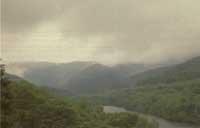
Who could expect that one of the most beautiful and wild places we have today in Euskal Herria would remain as it is now thanks to the thirst of the Donostiarras. Yes, it is. With the aim of providing clean and sufficient water in San Sebastian's homes, the City of Donostia-San Sebastian acquired a basin covering 3,700 hectares in 1919 on land in Goizueta. Over the years and with an adequate repopulation due to its fragility, Artikutza has excellent forests.
It is still necessary to request the authorization of access to it in the Water Service of Donostia. And for this reason there are few people who approach and have approached Artikutza in the last 70 years, with the influence of almost pure Sunday mountaineers.
Where can we go to Artikutza?
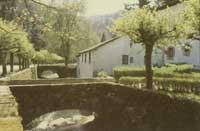
If we travel by car, there is a road that goes from Oiartzun to Artikutza, passing the Bianditz hill. The entrance door is 14 kilometres from the Karrika district of Oiartzun.
In the morning there is also another road to go by car, but at the limit of the farm the door is closed. If you go in the morning there is another way through the mountain. We believe that this path is more beautiful than the other.
There are also pedestrian routes from other nearby locations. Perhaps the most beautiful is the one from Arantza. There are also pedestrian routes from Lesaka and Oiartzun through which you can access the estate.
Affluent of the Urumea River
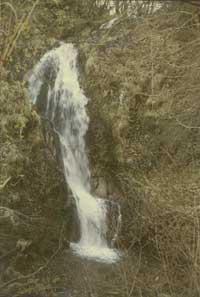
The Artikutza estate consists of 4 basins of a lateral branch of the Urumea River.
Erroiarri Basin
The basin of Erroiarri is the closest to the entrance to Oiartzun, and following the river, we will see a beautiful route that runs between beech, chestnut and oak. Other forests of foreign species such as American oak (Quercus rubra), wild pine (Pinus sylvestris) and red fir (Picea abies). Without forming forests, we can also see trees such as gold ( Corylus avellana), common maple ( Acer campestre), holly ( Ilex aquifolium), yew ( Taxus baccata), hostel ( Sorbus aria) and alder ( Alnus glutinosa) on the banks of the river.
Human influence is also evident, that of coal. We can see beech and oak barrels. They are trees that two or three meters throw numerous twisted branches of the trunk, but the normal oak or beech goes up in search of direct sunlight, with a single long trunk.
Geologically it is also very interesting this basin, the most interesting of the farm. At first we can see granite plutonic stones, metamorphic stone schists descending through the basin and occasionally limestone. However, there is little limestone. Following the path, we will find whiteboards and pancakes, and again granites.
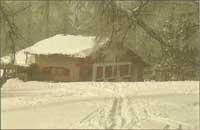
The most spectacular of this basin is the waterfall, in which the waters of Erroiarri fall downstream.
With a little luck you can see some squirrel and some traces of the fox. We can also hear the meat and see other birds like the common bird, the common bird, the common txio, the common txonta and others.
Related information
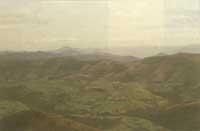
However, the Enobieta stream currently occupies mainly the reservoir, which creates a unique environment.
Trout and pods are also abundant, but at dusk on the banks of the swamp you will realize why they call Goizueta village of toad; there are thousands of toads and frogs that start screaming. It is impossible to walk around the reservoir without stepping on more than one.
From the point of view of the vegetation, the forests to the north are beech, the forests to the south are oak and on the banks of the reservoir we find alder. There are also chestnut trees. Among the most outstanding and beautiful species of the outside is the conifer that loses the kick in winter, the larch ( Larix decidua). There are American oak (Q. rubra), radiata pine (Pinus radiata), sequoia sempervirens) and lawson cypress (Chamaecyparis lawsoniana).
Urdallue Basin
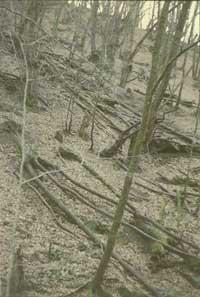
The third river is that of Urdallue, which may be the most difficult basin to travel, since there is no road that follows the course of the water. This basin is oriented from south to north, and in general the oak groves are to the west and the beech trees to the east. Unfortunately, western oak trees are quite damaged by fire, since under oaks the eel is abundant and this plant burns easily. Walking down by the river is very nice and beautiful. Here you can see how water erodes stone and mountain.
Elama Basin
Elama is another of the main streams of the estate. It is comfortable to follow, it is enough. Seeing the amount of water, we would say that it is the main one of Artikutza.
On the vegetation, we can find mainly oak and beech. However, there is some planted plant and an alder on the riverbank. The forests of Elama are the most interesting biologically and ecologically. This is where the structure of the natural forest is best reflected (scientists think so), that is, the structure of the intact forest.
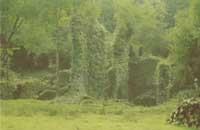
It is impressive to see how far there is biomass. On the ground there are trunks, branches and leaf litter, which often make transit difficult. These places are very appropriate to study the evolution of the natural forest.
If from time to time we raise our heads towards the sky, we can also see footsteps.
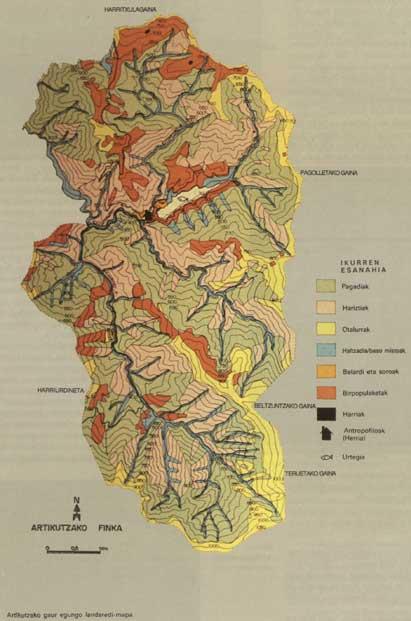
Buletina
Bidali zure helbide elektronikoa eta jaso asteroko buletina zure sarrera-ontzian











